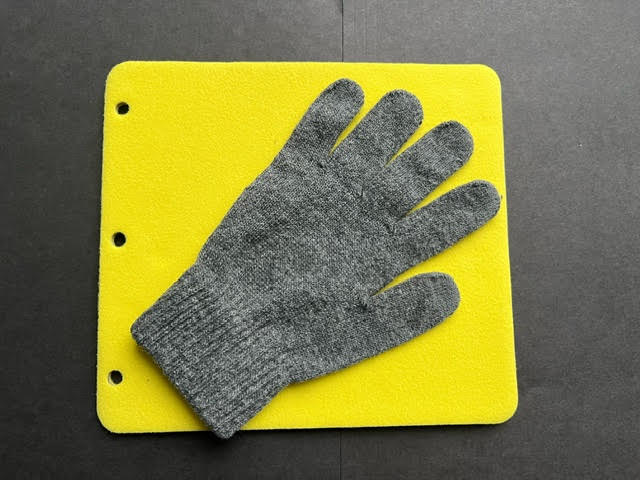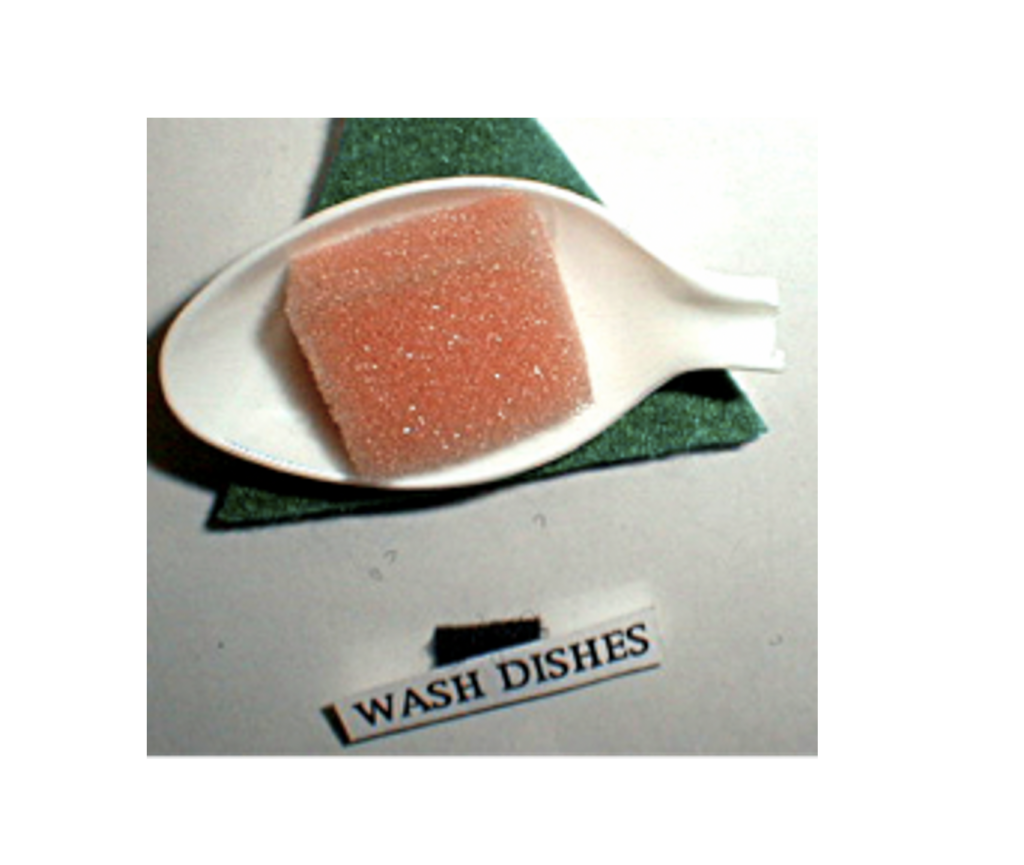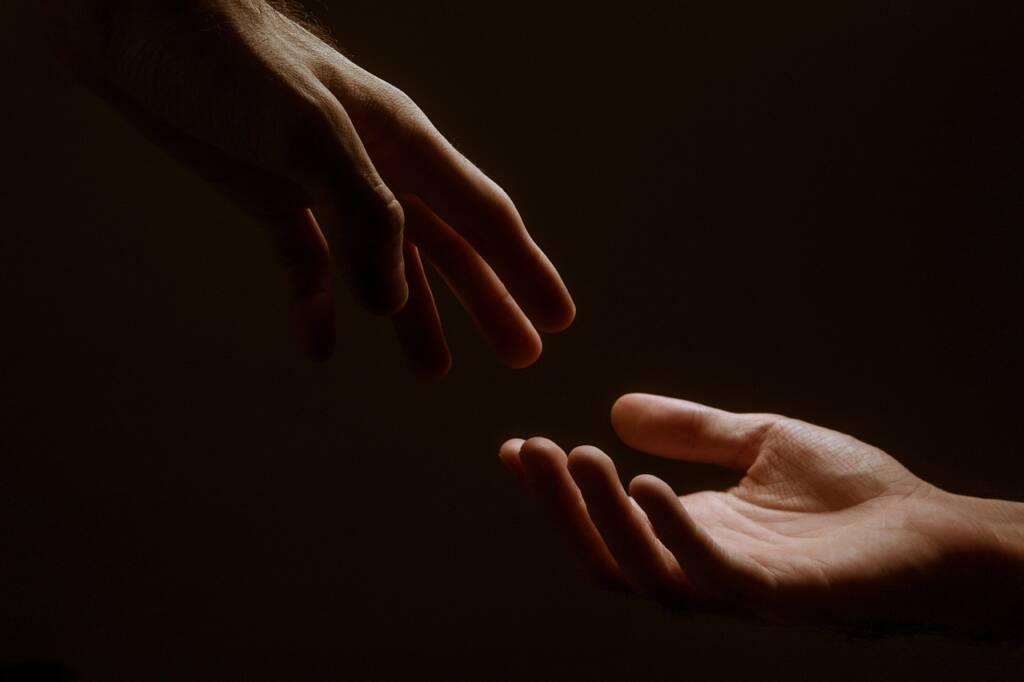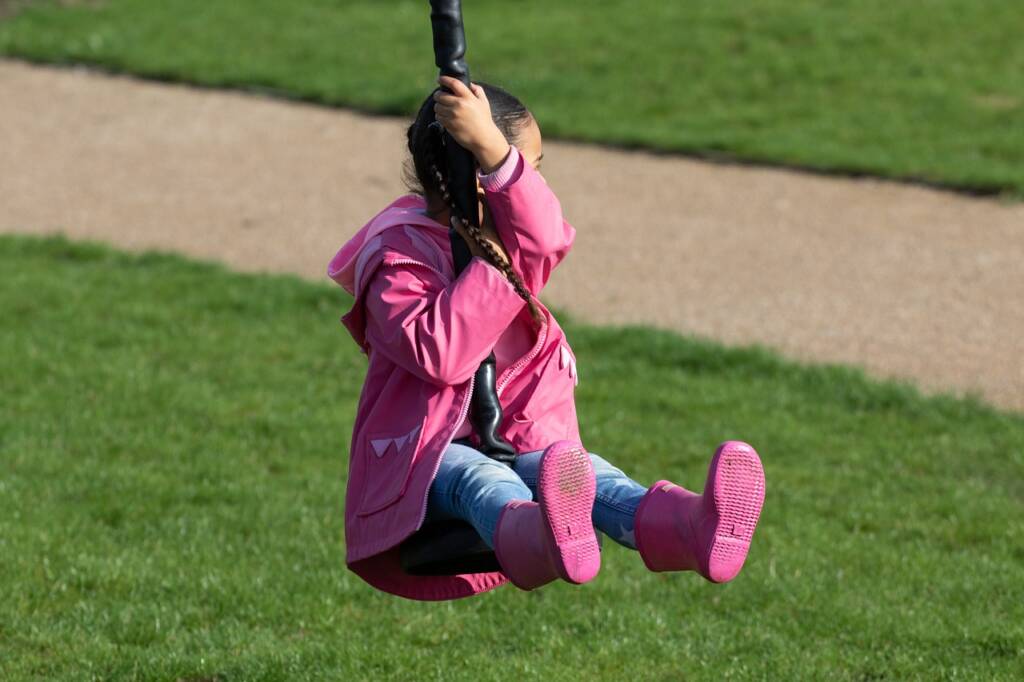Before tactual learners are required to track lines or read dots, which may seem meaningless to them, they may benefit from “reading” books containing interesting objects.
What is an Object Book?
An object book is a book containing real objects. These objects should be taken from the student’s activities and experiences, so they will be meaningful. This is the first type of book that should be used to introduce a tactual learner into the wonderful world of reading. A child will need countless opportunities to read a wide variety of object books before moving on to the more abstract levels of parts of object, tactile symbols, and/or braille.
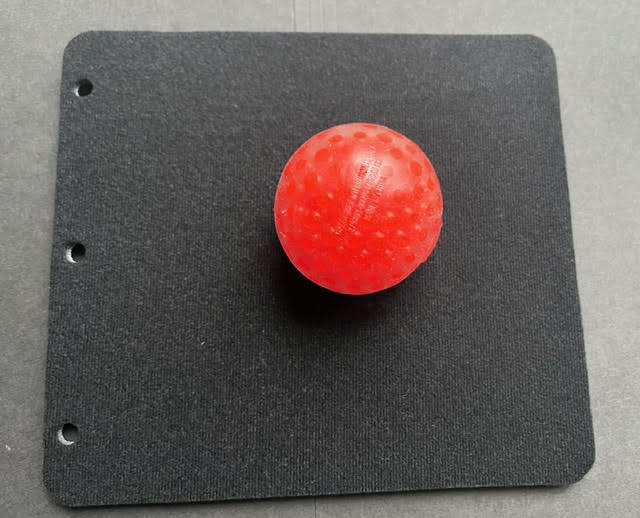
How do I create an object book?
It is much more effective when the child participates in the making of these books.
- Use a three-ring binder. Three-ring binders are preferable for several reasons … you can use sturdy pages (like posterboard or cardboard), they expand to fit the objects, you can rearrange the order of the pages or use the pages to create a different book.
- Collect items from the child’s activities and experiences.
- Glue only one object per page at first, then you can add more as the student’s skills increase. (Hot glue guns work best for this.)
- Some of the object books you create will not last long, due to the objects used. Therefore, don’t spend a lot of time making them “cute and precious”.
- Remember these books are for tactual learners and don’t necessarily need to be visually appealing. You could add a one word braille label on each page for exposure to braille.
- Put an object cue on the front of the book, which will act as a title for your student when choosing which book he wants to read.
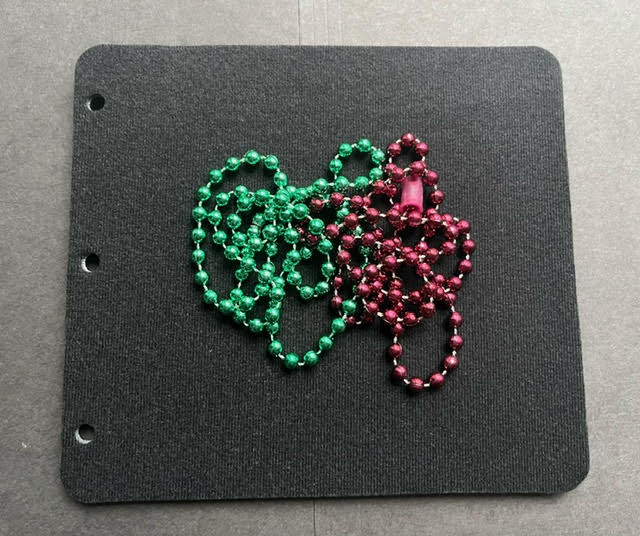
Additional Ideas to Use as Child’s Skills Develop
- You could glue envelopes or baggies to the pages and hide items inside for the child to find.
- Collections of objects in one category, for example spoons. (under Suggested Ideas)
- Eventually when books become meaningful, you could make alphabet books and counting books.
In addition to objects from the child’s activities you could use:
crayons, socks, money, napkins, small balls, string, flowers, combs, cotton balls, spoons, keys, scissors, soap, candles, candy, brushes, jewelry, paper clips, straws, cheerios, toothbrushes, hair clips, rubber bands, cassettes, toys, gloves, cupcake papers
Suggested Ideas for Object Books
- Sensory Walk: rocks, sticks, flowers, grass, leaves, bark, shells, gravel, etc.
- Making Pudding: pudding box, wooden spoon, milk carton, napkin, etc.
- Making Trail Mix: baggie, peanuts, raisin box, raisin, chocolate chips, dried fruit chips, etc.
- Trip to McDonalds: french fry box, hamburger wrapper, ketchup packet, drink lid, straw, napkin, etc.
- Bath Routine: sliver of soap, washcloth, shampoo (lid or travel size), lotion, bath toy, Q-Tips, cotton balls, comb, etc.
- Spoon Book: wooden cooking, plastic cooking, slotted cooking, plastic coated for cooking in teflon pans, metal, grapefruit, teaspoon, iced teaspoon, tablespoon, measuring (plastic & metal), plastic (picnic), demitasse, etc.
- Candy Book: M&M;, kisses, gummy bears, licorice, tootsie rolls, suckers, sugar babies, peppermint, etc.
- Concept Books: same & different, in & out, big & little, etc.
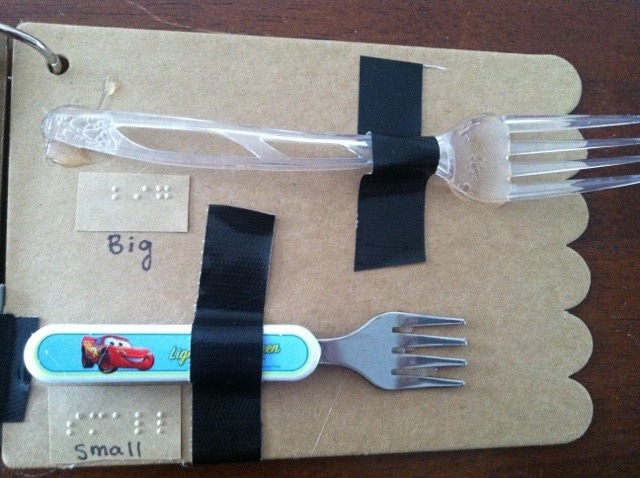
What does the student learn by reading these books?
- Reading can be fun and interesting.
- What I touch is meaningful.
- Objects represent an activity that I have done.
- I can share what I did at school with my family, and activities I did at home with teachers and friends at school.
- I can find the front and back of my book.
- I can turn pages in my book.
- I can find out (and explore) what’s on a page with my fingers.
- I can search the page to find the object whether it is at the top, at the bottom, in the middle, on the left, or on the right.
- I can recall the sequence of events or steps of an activity.
- I can learn left to right sequence.
- I can “read” rows of objects.
- I can “read” my stories to others.
- I can have books – just like everyone else!
Next Steps
Object exploration is the crucial first step is the development of the tactile discrimination skills that tactile learners will eventually need. After achieving success with a wide variety of object books, teachers may begin to add more abstract components to the books. These might include parts of objects, tactile symbols, abstract representations (such as thermoformed pages of real objects, etc.) and braille content. Students may now be ready for tactile discrimination books and worksheets such as Mangold’s Program, Tactile Treasures, and On the Road to Literacy.
By Millie Smith, Stacy Shafer, Debra Sewell, TSBVI
For more information on object books
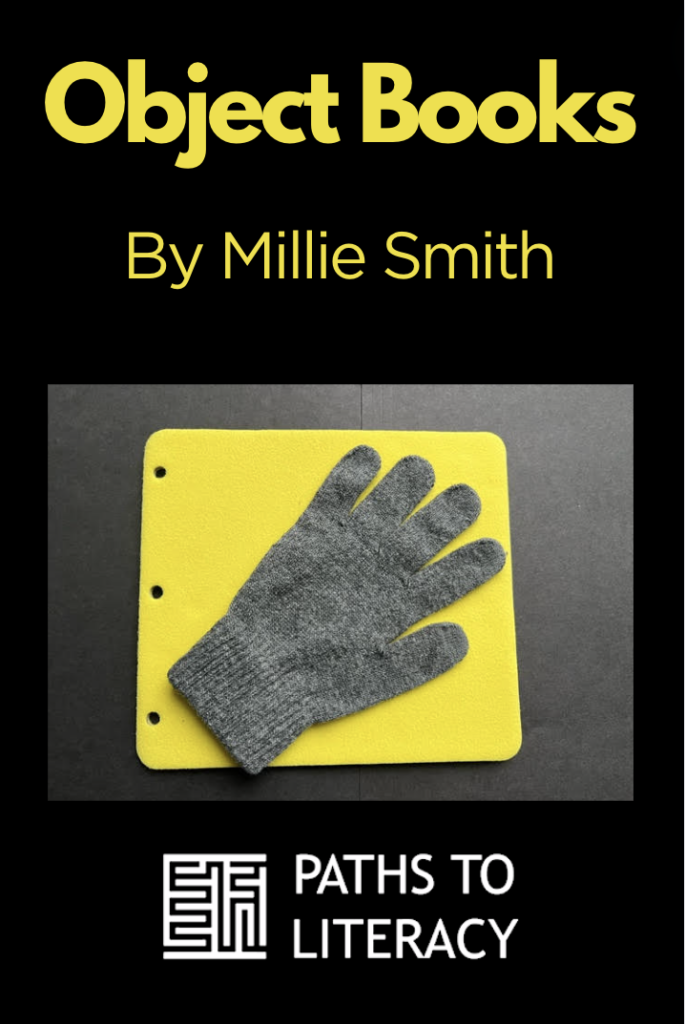
This article was originally published by Texas School for the Blind and Visually Impaired (TSBVI) and is reprinted here with permission.

